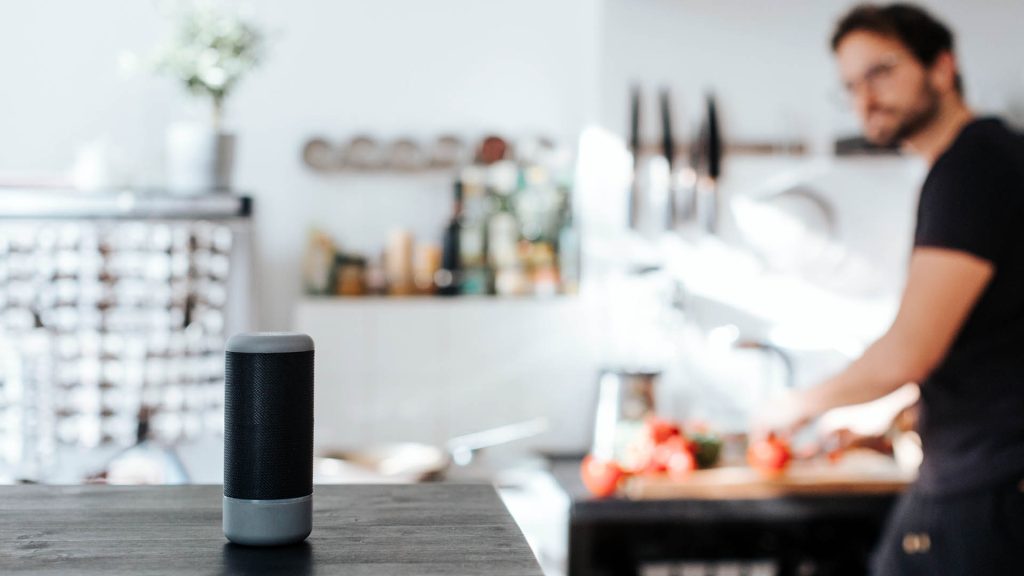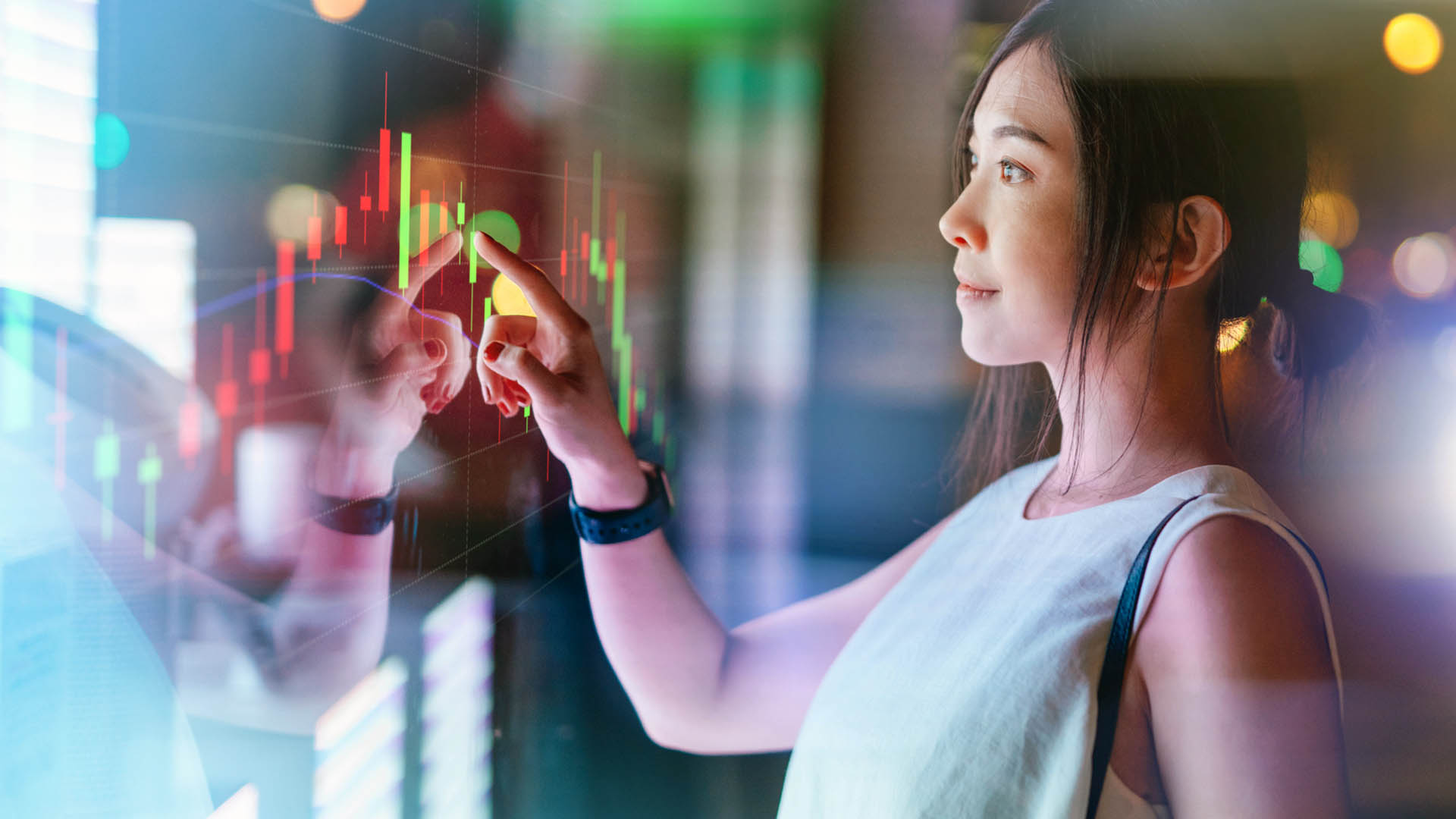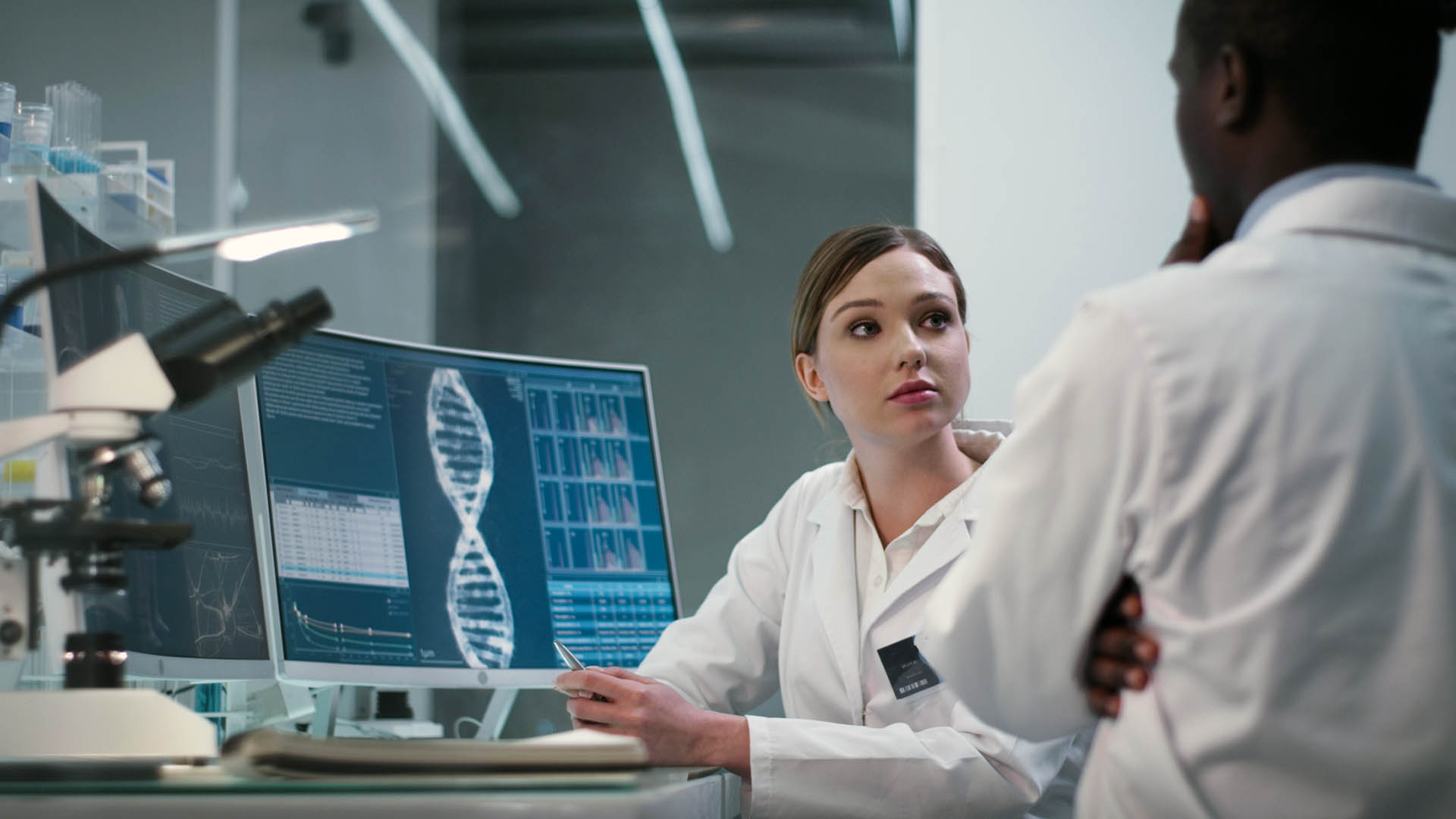
Virtual assistants and genetic codes to predict attraction
By 2025 battling over your profile on dating sites could become obsolete, with a combination of genetic matching and Artificial Intelligence predicting sexual chemistry and compatibility between singles. This is according to a report by Imperial College Business School, who collaborated with eharmony to consider what impact Artificial Intelligence and machine learning will have on the future of love and relationships. Based on detailed analysis of society, health and demographic data – the key findings from the fourth annual iteration of the Future of Dating Report can be found below.

2025
is when we are likely to see artificial intelligence predict romantic compatibility
Predicting chemistry
The report first considered the role of sexual chemistry. It found that by 2025, matches between singles could be made in labs, based on analysis of vital statistics and each person’s unique genetic code. Scientists are already working on advanced ways to measure sexual attraction through close monitoring of vital statistics.
Examples include monitoring for increased heart rate or blood pressure, tracking movements from wearable technology including eye contact or frequency of touch and verbal communication patterns such as the usage of ‘we’ instead of ‘I’. These readings will be combined with further analysis of Major Histocompatibility Complex (MCH) genes. MCH genes are fundamental in mate choice and preference, and present models suggest that the more diverse these genes are the better the match. Within a decade, continued refinement will allow experts to pinpoint a sexual connection between strangers, without them ever having met.

by 2025
We will see lab-based matches of single people, based on vital statistics (such as heart rate or communication patterns) and genetic codes
Listening for trouble
The report suggests that domestic digital assistants such as Alexa or Google Home could predict the health of marriages with 75% accuracy via acoustic analysis of verbal communication between couples. When an argument breaks out, robots could even intervene with suggestions of a resolution.
eharmony subscribers can already use Alexa to review their daily matches and communicate with other users on our platform. This is a perfect example of technology helping enhance human relationships in a trusted environment. It’s also entirely possible that as technology evolves further virtual assistants combined with compatibility matching systems – such as ours – will not only help singles pinpoint their most compatible matches, but act as a therapeutic resource within a relationship.
There is no doubt that robots will continue to have an impact on dating and relationships. One of the most widely discussed uses is for sexual gratification. In this case, it’s not technological progress hindering the process but societal acceptance. However, if interest and uptake remain strong and public opinion is more progressive, we could see a fundamental shift by 2050. With physical needs pushed right down the hierarchy, household set-ups will continue to diversify. Be it an increase in singles living in communal facilities or a surge in ‘friendship households’.
Machine learning and the ‘perfect’ profile
Finally, the report explored how technology will better aid success in online dating. Most dating services – including eharmony – use machine learning to filter possible matches by analysing self-reported feelings as well as behavioural data captured by wearable tech. In the future, more focus will fall on the latter.
This means that data captured by smart devices could automatically be added to online dating profiles if artificial intelligence deems that it helps confirm a ‘desirable’ trait. For example, it could scan and add Fitbit data, knowing that users who work out regularly tend to receive more messages. Continued progression in behavioural modelling also suggests that the advanced analysis of 100 random pictures could soon be enough to paint a detailed – and more accurate – online profile than a user could on their own.
It would work by scoring each random photograph and building a comprehensive overview of the person involved. For example, someone may not think to mention they are an animal lover, but machine learning could presume this if multiple images contained pets. All these improvements will better facilitate the matching stage, however technology will also help improve face-to-face connections. For example, AI will give each date the best possible chance of success by monitoring, in real time, exciting activities within a set radius and prompting singles to get involved, have fun and bond.
Human expertise and the role of AI are seen as complementary rather than contradictory at eharmony. And it’s important to remember that while the future of dating might seem intimidating to some, it’s realistically going to make online dating a more seamless and empowering experience.

100s
of random pictures could be used to paint detailed, more accurate online profiles – due to progression in behavioural modelling